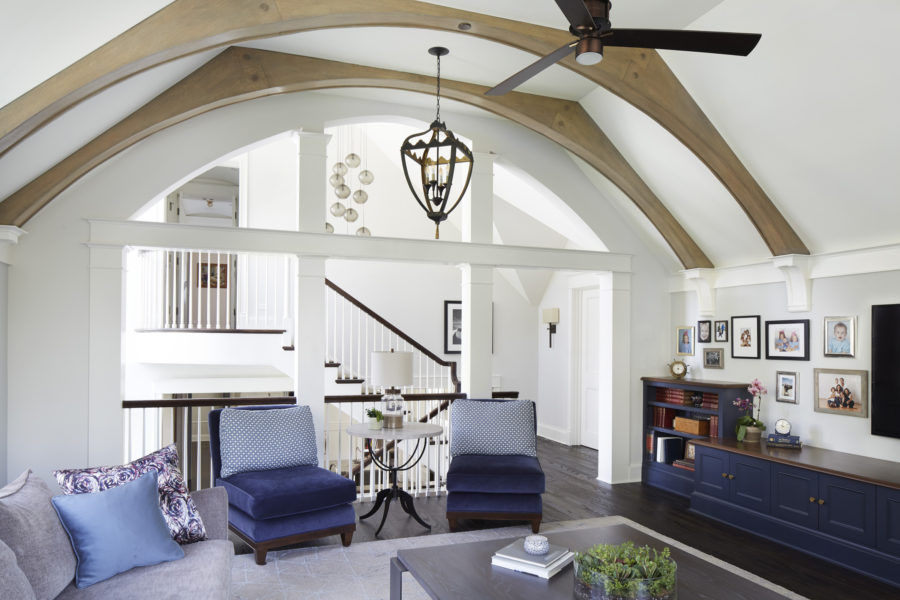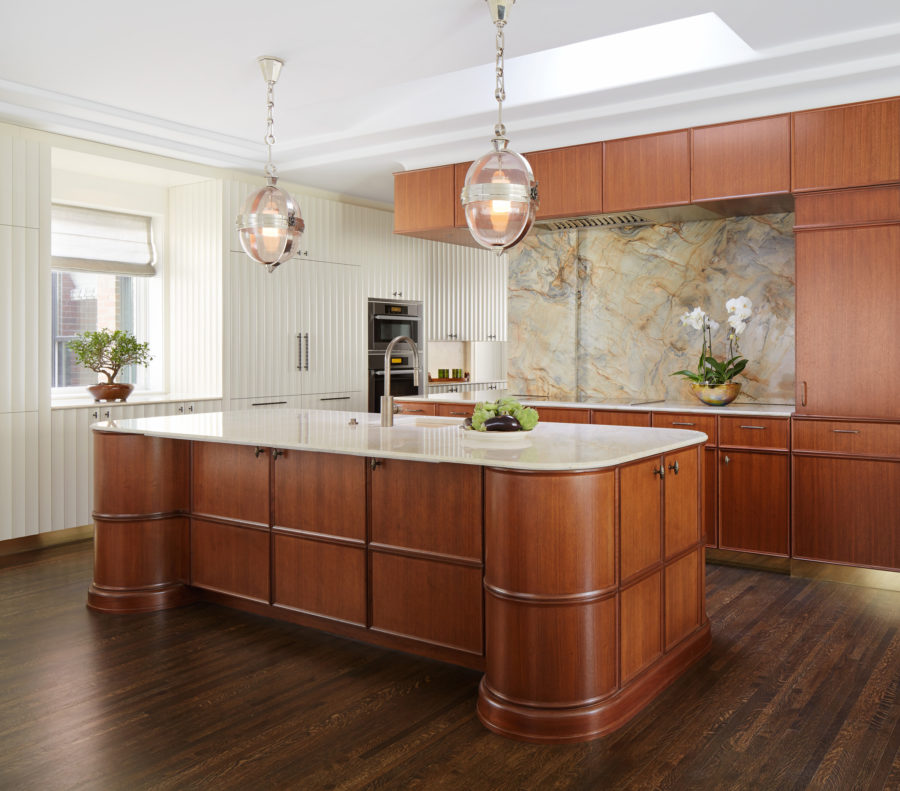Bright Ideas in Interior Design: Designing a Lighting Plan for Your Home

Elissa Morgante, AIA
Founding Partner at Award Winning Chicago Architects, Morgante Wilson
Aug 24, 2016 - 5 min read

Elissa Morgante, partner at Morgante-Wilson Architects in Chicago, on how to design a lighting plan for your home. Read now…
Designing a residential lighting plan for your home can both baffling and exhilarating. Lighting options have become so vast, and so fantastic, they enable you to create mood, drama, and ambience, all while you maximize functionality and minimize energy costs. At Morgante Wilson Architects, we consider light in all its forms as we develop lighting plans for our clients. Here’s just a sampling of the ways we like to use different types of light:
Ambient light is sometimes known as “general lighting,” and fills a room with overall illumination. Every room needs some type of ambient lighting, whether from a chandelier, recessed, wall-, or ceiling-mounted light. Simply put: ambient light allows you to walk safely through a space.
Cove lighting is a type of uplighting, and is especially useful in a room featuring interesting ceiling details. It highlights decorative ceiling treatments while also giving a room a general glow. LED cove lighting, in particular, is simple to integrate into book cases, or crown moldings. You can even install it down low under your kitchen cabinets, so you cabinets look almost as though they’re floating.

Decorative lighting is like the icing on the cake, and adds immeasurably to a home’s interior design. Decorative lights can be curated and collected similarly to art; they punctuate and elevate interior design while making a strong visual statement.
Low level light and table lamps are sometimes forgotten, but critically important. A variety of light sources give a room rhythm and movement – which is a different way of viewing light than we all did in, say, the 1980s. Back then, when can lights became popular, the prevailing notion was to load a ceiling with can lights and blast all that illumination downward. This resulted in wildly overlit rooms and plenty of unattractive shadows on peoples’ faces. Today, we take a much more sophisticated approach, blending a variety of light sources at a variety of levels.

LED bulbs are the darling of the lighting industry, and with good reason. Regular readers of this blog already know Fred and I recently built a new home, about 80% of the lights in our house use LED bulbs. It continues to amaze us how efficient these bulbs are – and how drastically we’ve reduced our electric bill. LED bulbs today are far superior to those on the market even three or four years ago. They’re available in a wealth of shapes and sizes, and can even be purchased at your local big box store. True, they’re more expensive than your current bulbs – but they last for decades, and use far less energy. The long-term savings they confer are real. They’re more convenient, since they don’t have to be changed very often. And they’re high on the green scale, meaning you can feel good about the minimal imprint they leave on the planet.
And since you’ve taken the time to read this far, I’ll thank you by sharing a few of our favorite lighting vendors – the ones all of us at Morgante Wilson Architects prefer to use. Lightology tops our list, thanks to the tremendous breadth of their offerings. They constantly introduce new lighting designs, so their inventory is always fresh, and always exciting. We also love shopping from Arteriors , where the merchandise is just artsy enough to amp the visual excitement of a room. And last, we couldn’t live without Circa Lighting by Visual Comfort Their fixtures range from traditional to contemporary and showcase unfailing attention to detail and finish.
If you’re interested in learning more about the importance of lighting in your new home, let us know. We’re always eager to illuminate our clients!